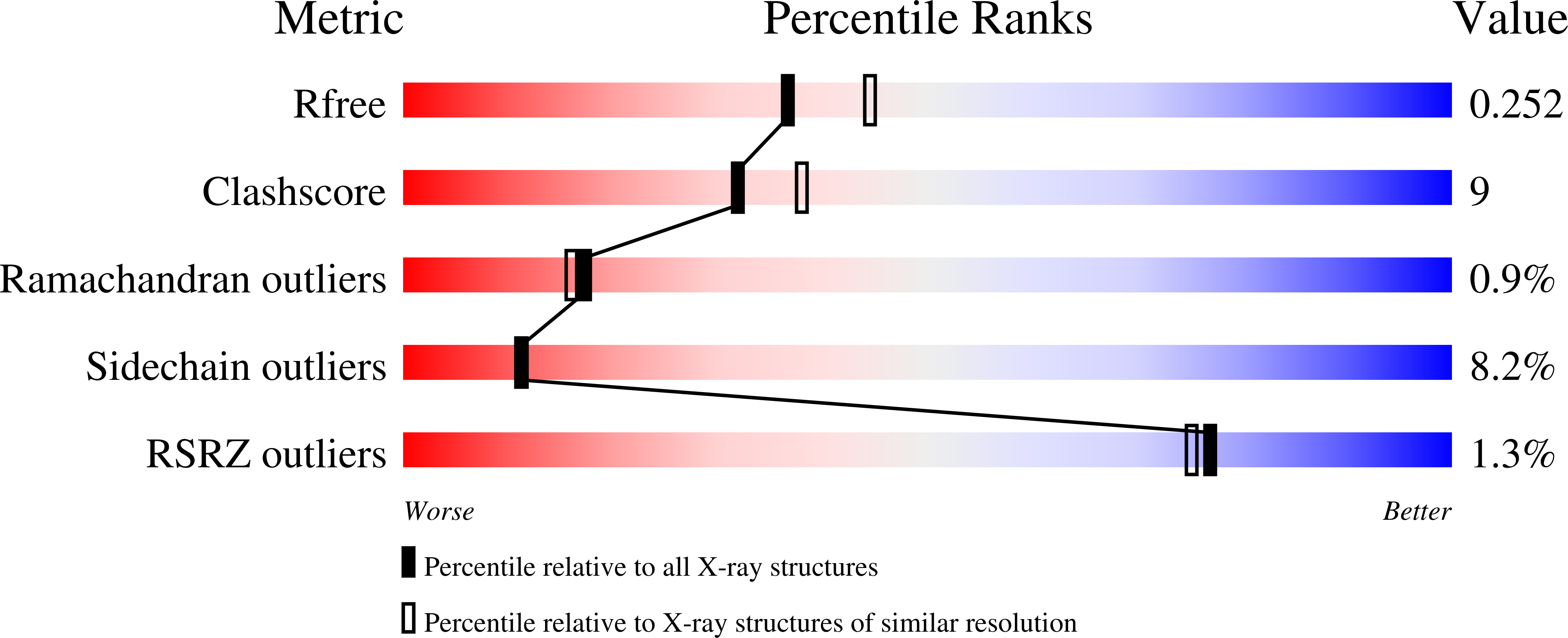
Deposition Date
2006-12-13
Release Date
2007-02-13
Last Version Date
2023-12-27
Entry Detail
PDB ID:
2O9E
Keywords:
Title:
Crystal Structure of AqpZ mutant T183C complexed with mercury
Biological Source:
Source Organism:
Escherichia coli (Taxon ID: 562)
Host Organism:
Method Details:
Experimental Method:
Resolution:
2.20 Å
R-Value Free:
0.24
R-Value Work:
0.19
R-Value Observed:
0.19
Space Group:
I 4


